We Kiwis love our tattoos. As in love, love! A 2010 study revealed that 40 percent of millennials have a tattoo and a 2011 survey of 750 people by the NZ Herald found that one fifth of us has a tattoo. Now in 2019, even our national carrier Air New Zealand is approving visible tattoos such as Tā Moko on members of its frontline flight staff. We just love them!
Let’s take a step back in time to see where our love of tattoos began.
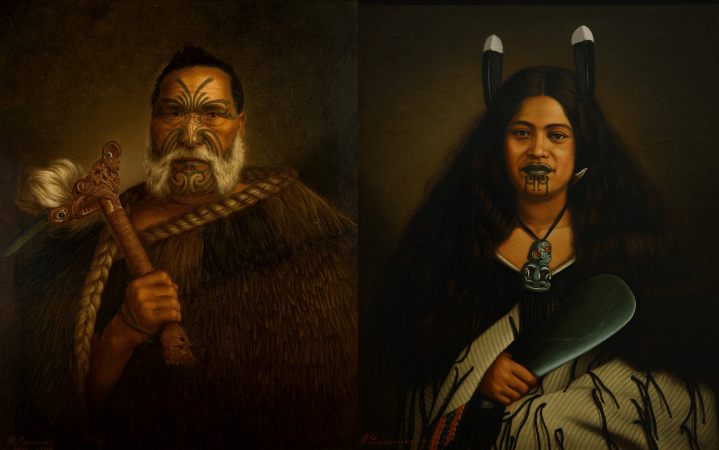 Heta Te Haara and Pare Watene by Gottfried Lindauer
Heta Te Haara and Pare Watene by Gottfried Lindauer
The Polynesian history of tattoo
Tattoo originates from the Tahitian word tatau, tattow or tattaw, heard first and written down by European explorers, including Captain James Cook in 1769 after he witnessed the inking process, which he recorded in his journal as “tattow”.
Yet while there is no written history, the practice of tattoo is believed to have been widespread for both men and women throughout Polynesia, an area comprising more than 10,000 islands. Tattoo is said to have represented status and rank within a community, be part of warfare rituals, a person’s genealogy and sexual maturity - their coming of age. And the practice was most often undertaken by highly trained religious leaders.
Ethnology scholars have since recorded the journey of tattoo from tribes across Sāmoa, Niue, Tonga, the Cook Islanders, Hawai’i, Tahiti and more.
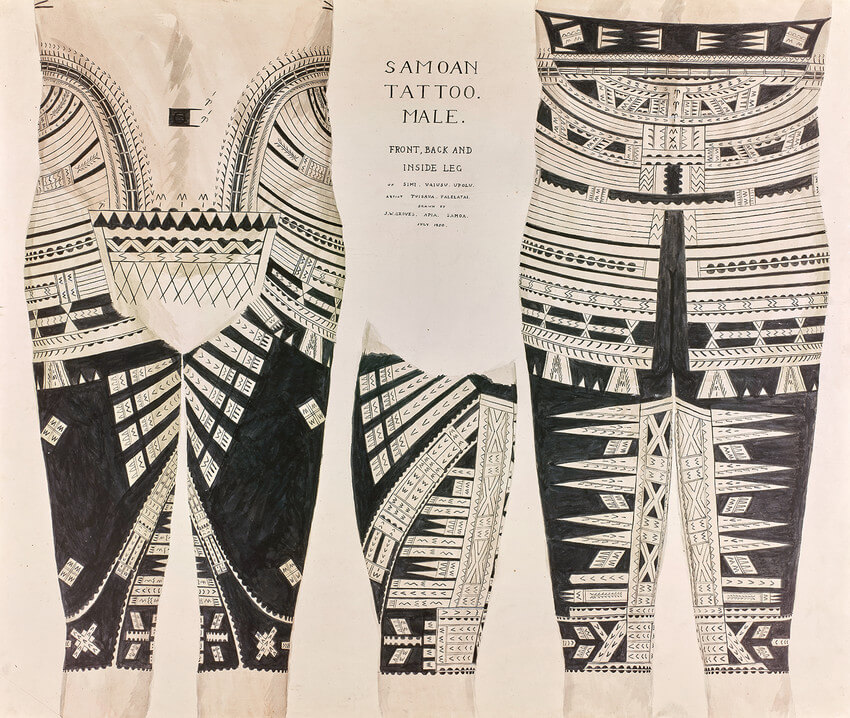 The sacred practice of Samoan Ta Tatau
The sacred practice of Samoan Ta Tatau
Sāmoan Ta Tatau is particularly unique and worth its own mention because unlike almost all of the Polynesian islands where missionaries banned the tattoo practice, tattoo prevailed in Sāmoa with its precise hand tapping technique and distinctive markings still practiced today as part of its rich cultural heritage and Fa’asamoa - way of life. Also known as Pe’a, Malofie and Mau, it has risen in popularity for both men and women and is recorded as beginning around 3,000 years ago.
Sāmoan men’s decorative tattoo art called Malofie is prized, either offered by elders when the tauleale’a, young man, proves his honour, or requested by the tauleale’a and granted by the elders, and starts at the waist covering the skin until the knees. Once the tattoo is completed, the young man changes status to become a sogaimiti.
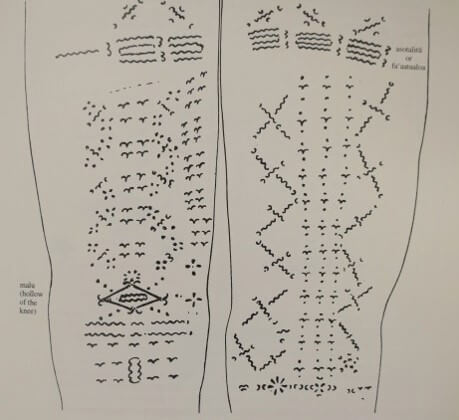
Malu, is the women’s Sāmoan tattoo, which is vastly different to the Malofie, and is more popular today than ever, sparking spiritual transformation and represents service to family and community, humility and protection.
It’s extreme historical rarity was due to it being bestowed only to very high ranking women elevating them to celebrity status. Unlike the Malofie, the Malu doesn’t cover most of the skin of the woman or Tama'itai'i, and runs the full length of the thighs with some extending below the knee to mid-calf. The Malu showcases delicate Sāmoan motifs hand-tapped into the skin with a wooden mallet onto combs often made of bone.
The legend of Aotearoa’s Tā Moko
It’s said that New Zealand Māori Tā Moko traditional tattoo originated from a popular legend about Princess Niwareka who came from Uetonga in the underworld, and the young man she loved, Mataora, who allegedly beat her causing her to flee back to her father’s realm. Deeply afflicted by remorse, heartbroken Mataora fought his way to Uetonga to beg forgiveness.
Redeemed by his actions, Niwareka forgave him, and Niwareka’s father taught Mataora the art of tattoo. With Niwareka at his side, Mataora brought back his newfound tattoo skills to the human world, the art which continues today.
Original Māori bone chisel tools - which were either serrated or extremely sharp - have been found throughout New Zealand on archeological sites indicating that tattoo was nationwide.
Only high ranking people were tattooed from puberty onwards by a skilled tohunga-ta-oko in a tapu (sacred) highly ritual-based ceremony with flute music and chanting. It took many days and was extremely painful. To ensure the rite remained tapu, people being tattooed could not eat solid foods during the process, instead being fed food in liquid form and water through a wooden funnel. This was in part to avoid contamination with the wounded or healing skin.
Tattoo ink was made from burnt Kauri gum and other charred ingredients, and tapped slowly into deep cuts. Native Karaka tree leaves were used to speed up healing.
For men Tā Moko was on faces, lips, thighs and buttocks and it represented rank, ferocity and virility. Women were tattooed on the nostrils, on or above the upper lip, and on the lower lip and chin.
Tā Moko today, also known as kirituhi with kiri meaning skin, and tuhi meaning art, changes meaning from tribe to tribe. For some Iwi, it tells the story of whakapapa, heritage and ancestry. For others it could mean career, travel, vitality and strength or prosperity.
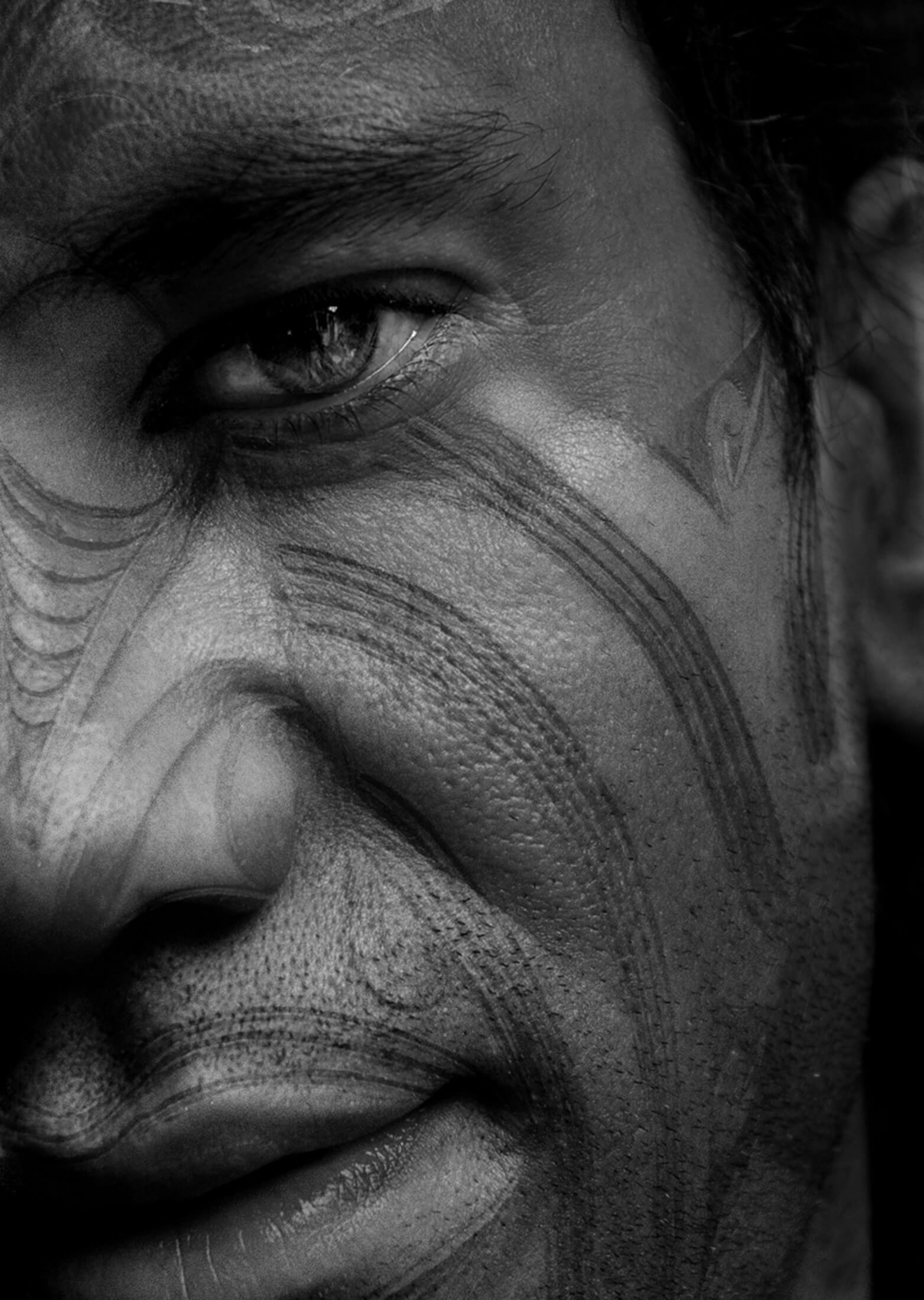 Popularity of contemporary tattoos
Popularity of contemporary tattoos
Anyone from celebrities, sports stars, musicians, school teachers to corporate business people have tattoos today and it’s believed their popularity began when MTV burst onto screens in August 1981 showing “rebellious” musicians with visible ink. Since then tattoo has transformed with today’s tattoos being a mix of everything.
Popular today are bold coloured sailor flash art that once were badges of honour depicting sailing voyages, skulls and depictions of horror, one-colour ink floral designs, Indian Mandala, surrealist artwork, portraits of family and pets, script, and colourful mystical traditional Japanese art, once common in Japanese prisons and in gangs to hide enforced state prison tattoos.
Where we place tattoos on our bodies has evolved, too, with the arm bands of the 1990s popular again, as well as the neck, face, skull, ears, sternum, fingers, wrists, anywhere on the legs, arms and back, with the tramp stamp of the lower back firmly out of favour. Also popular is getting a tattoo with a friend, partner or family member.
Your Tattoo aftercare
The healing process for a tattoo is critical as what has essentially taken place is a cosmetic medical procedure using a needle leaving skin open and vulnerable. This is to ensure that the skin doesn’t get infected and disrupt and distort the art work, and to ensure the integrity of colours of the imagery, healing protocol needs to be followed.
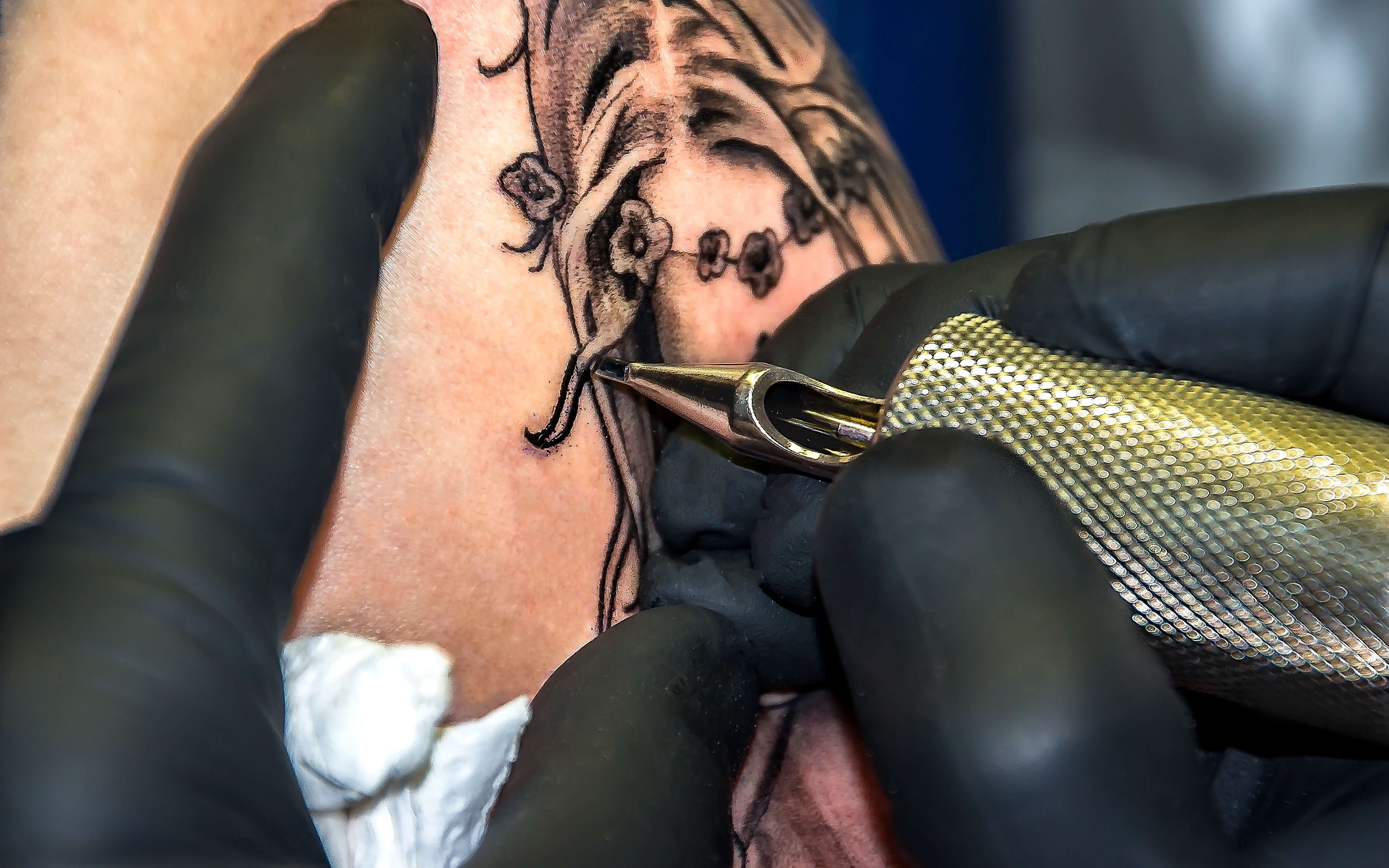 While New Zealand tattoo artists are required to and do provide instructions for aftercare, it’s best you know them in advance so you are prepared for what you need to do when you walk out the door with your fresh ink:
While New Zealand tattoo artists are required to and do provide instructions for aftercare, it’s best you know them in advance so you are prepared for what you need to do when you walk out the door with your fresh ink:
- Your artist will apply an ointment over your tattoo and wrap it in cling film to prevent bacteria infecting the open wound, as well as to prevent irritation from clothing. This dressing need only be worn for 1-2 hours depending on the size of the tattoo and ink style. Your artist will know best.
- When you are home (it’s best to go home after a tattoo), wash hands thoroughly then remove the cling film layer and carefully rinse your new ink with warm water and ideally a non-toxic, non-fragrance soap. You can jump into the shower for this is it’s easier. When the cling film is removed, you will notice a clear liquid layer (blood plasma and excess tattoo ink). This is normal.
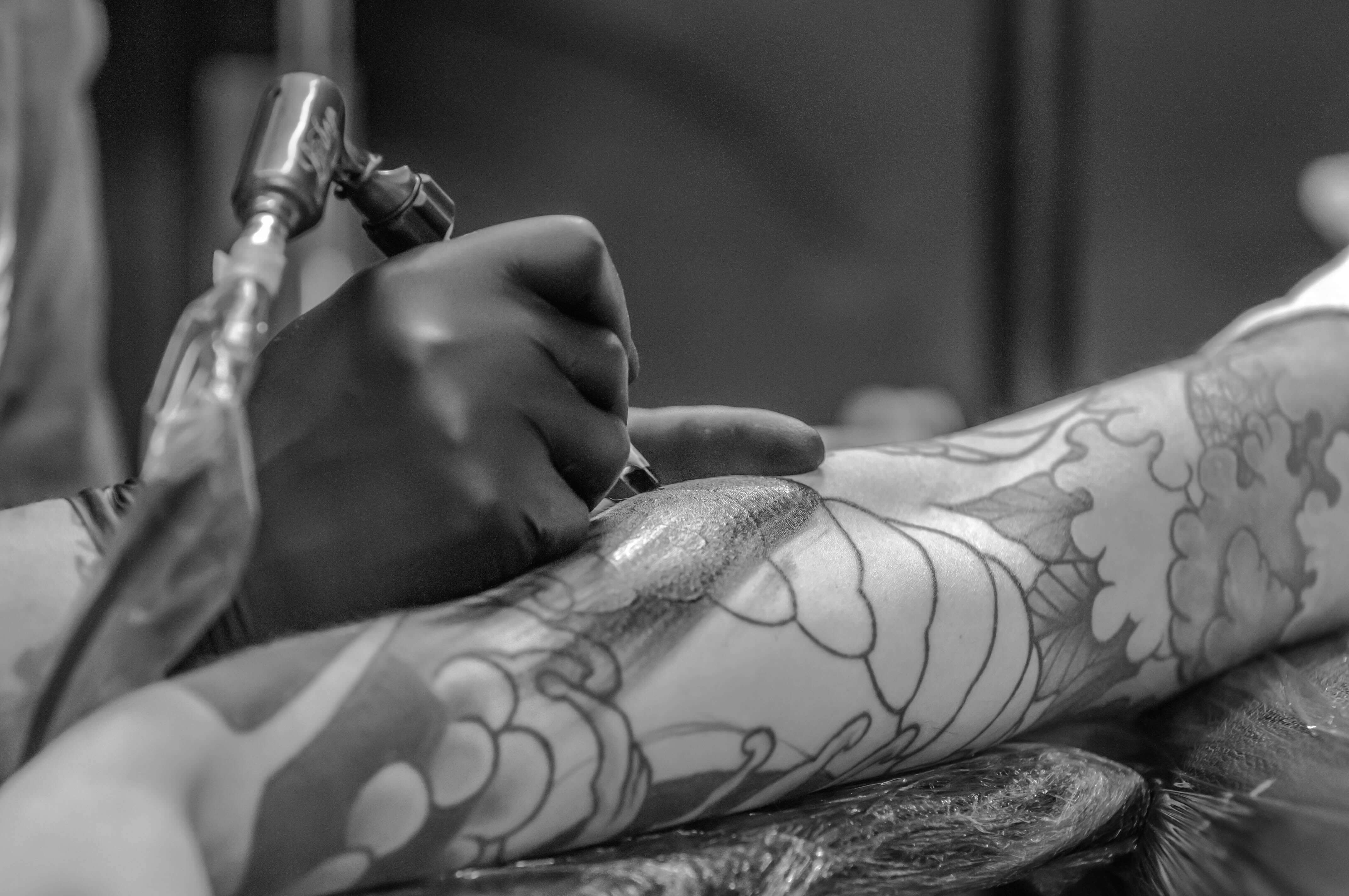
- Do not rub the tattoo dry, simply pat dry with a clean, non-fluffy, soft cloth (not paper towels, which may stick). Your skin will likely be red and sore, so be gentle!
- Apply an aftercare balm such as Electric Ink Repair Cream and keep your tattoo in the fresh air to enable the healing process. Do not recover with cling film as your ink will need air to heal.
- When scabs start to form, do not directly scratch or pick them or infection or scarring may occur. Continue to wash your tattoo once or twice a day as it heals and to ease off dry skin and scabs. Use an exfoliator like the Electric Ink Exfoliating Body Wash to gently remove dead skin cells. Follow with a moisturiser such as the Electric Ink Daily Moisturiser to alleviate itching as well as bring vibrancy to your ink as it heals.
- Your tattoo will heal anytime within three to four months at the deeper dermal layers. Should your ink remain raised, red, weeping or sore, consult your pharmacist to see if it needs treatment for infection.
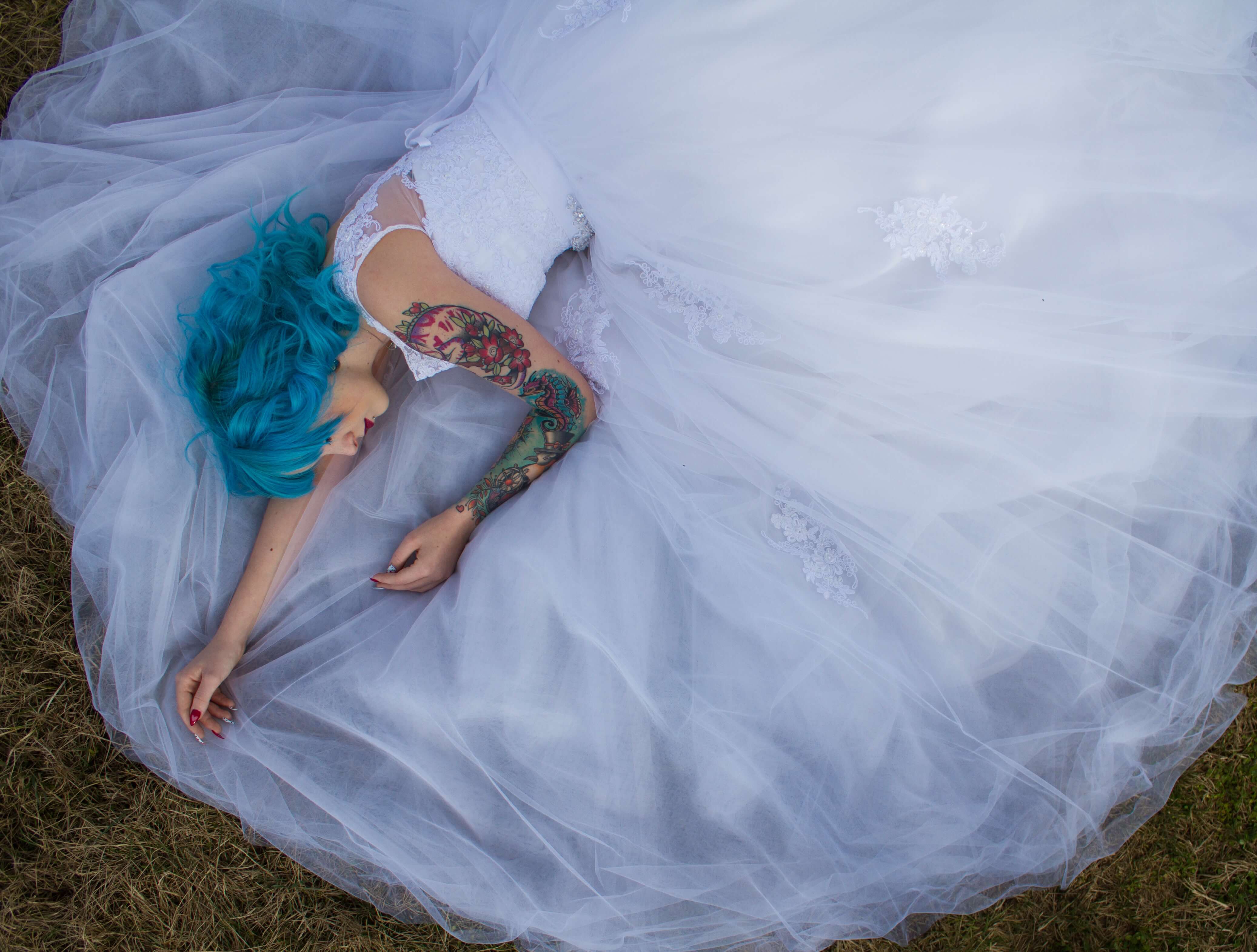 Get Electric tattoo care range
Get Electric tattoo care range
To ensure the best and fastest possible healing for your ink we would recommend the Electric Ink range for tattoo aftercare - plus it’s Kiwi made!
Electric Ink products deliver 24 hours of moisture in just one application and are 100% natural. They are vegan, gluten-free and cruelty-free, and hypoallergenic, so suit most skin types.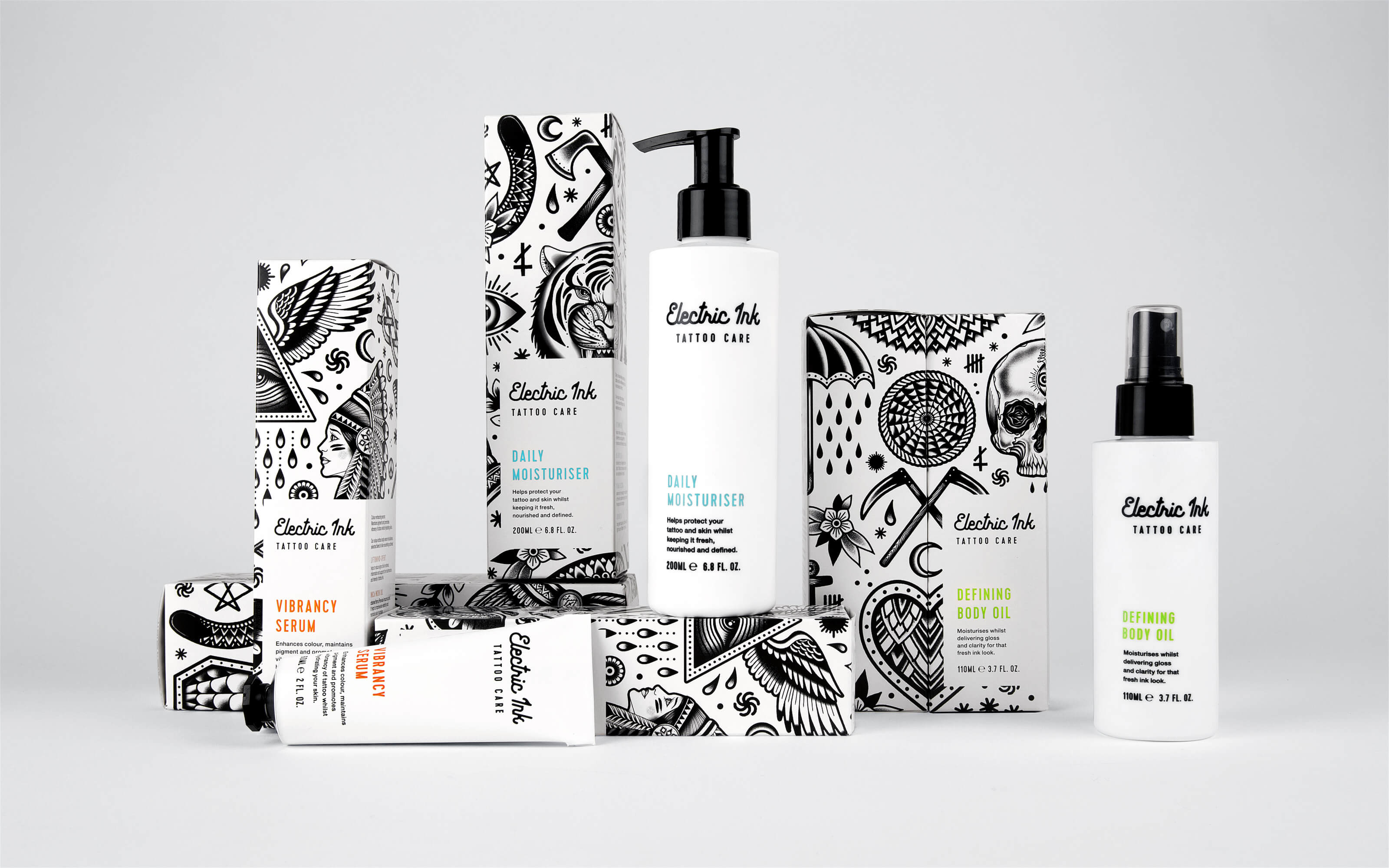
- Electric Ink Repair Cream is a luxury, natural lightweight and non-greasy alternative to petroleum creams and is scientifically designed to rapidly heal a fresh tattoo. Apply immediately after your ink’s first wash and ongoing until your tattoo is healed.
- Electric Ink Daily Moisturiser gives your ink a boost on a daily basis thanks to the intense moisturising properties of Inca inchi oil. Liftonin-Xpert repairs ink from the inside out and contains natural UVA and UVB filters to protect from sun damage. Pop it on for everyday wear to prevent your precious ink from fading and keep it electrified!
- Electric Ink Defining Oil nourishes and hydrates thanks to coconut oil and white lupin seed extract. Vitamins C and E rapidly heal ink along with a blend of active ingredients. This oil can add gloss and clarity to let you tattoos POP on a night out!
- Electric Ink Vibrancy Serum contains the potency of vitamin C and Liftonin-Xpert that repairs ink from the inside to restore vibrancy while also hydrating and nourishing your skin. Amino acids remove scar tissue and keep the appearance of ink bright and fresh even while your ink ages when used twice weekly.
- Electric Ink Exfoliating Body Wash is the gentlest and easiest way to remove dead skin and prevent scarring during your ink’s healing process. Natural amino acids, multi fruit extract and red algae extract form the base of this exfoliating wash which will brighten and clarify the appearance of your fresh ink. Use as your tattoo heals, then ongoing twice a week to electrify your ink!
Talk to your Life Pharmacist about your ongoing tattoo care.


